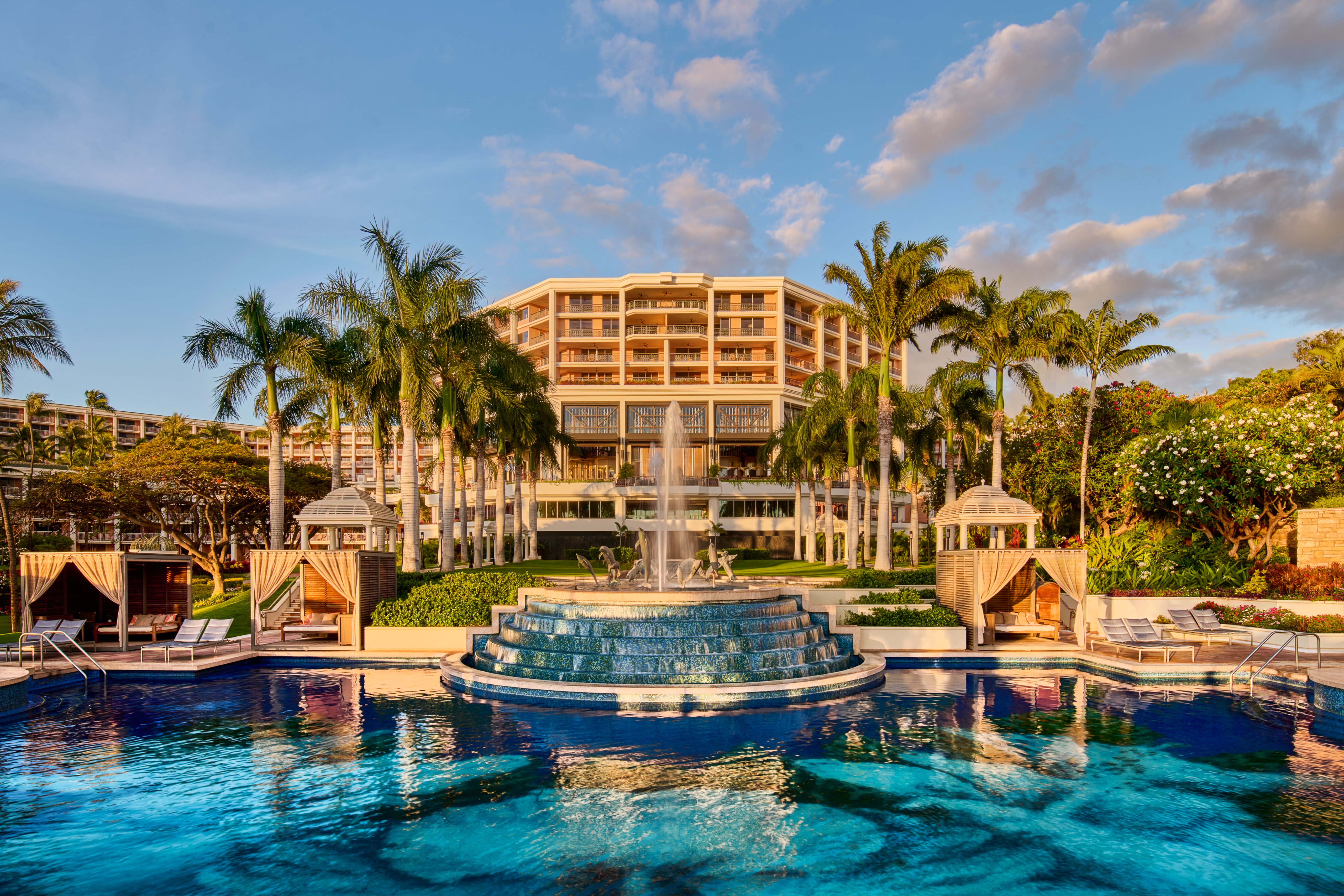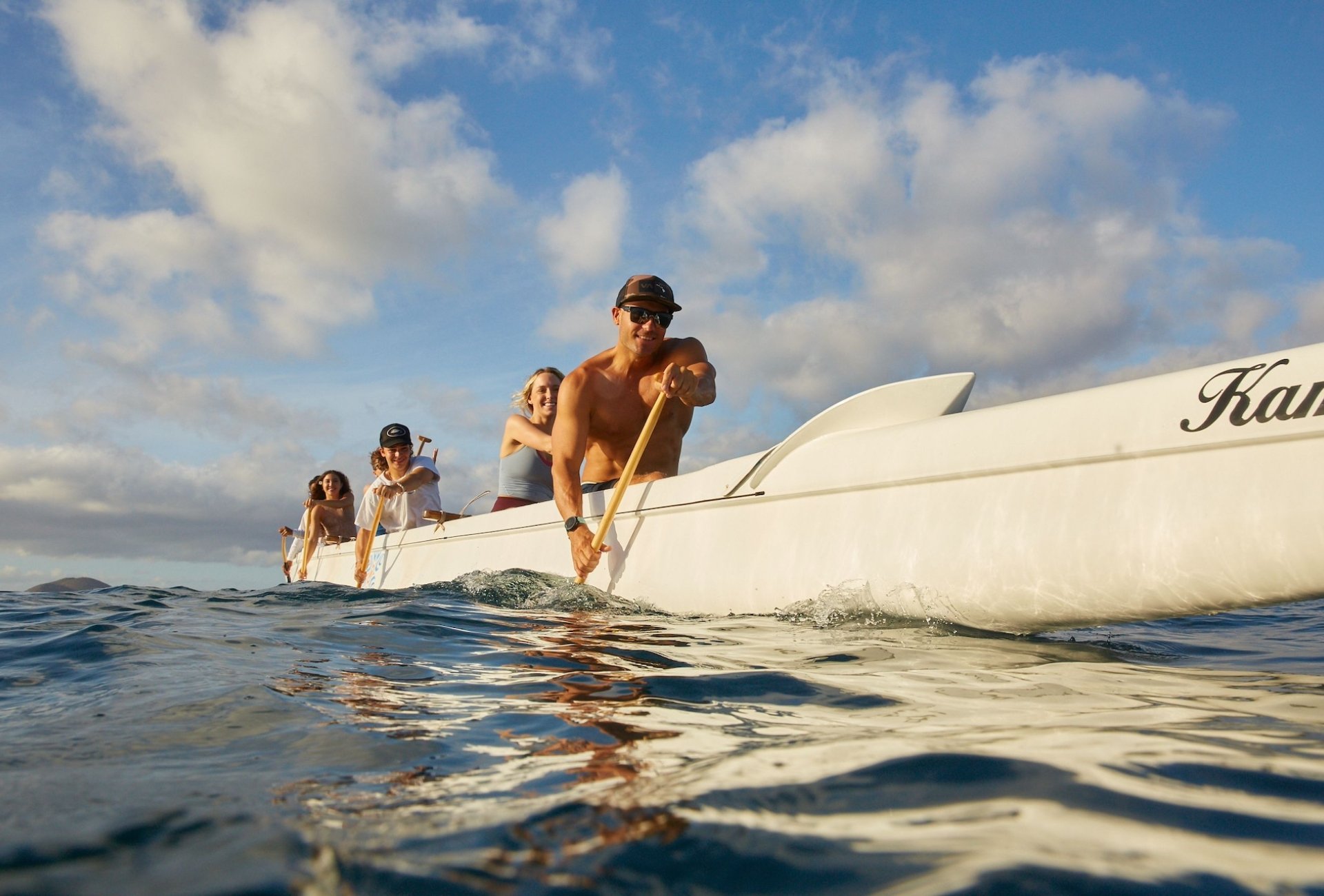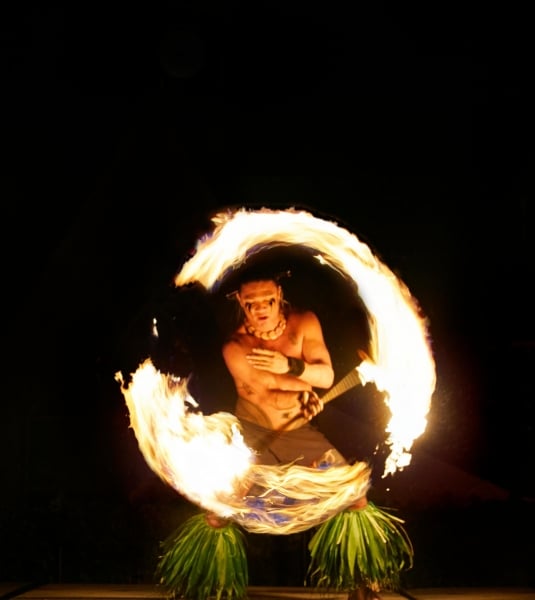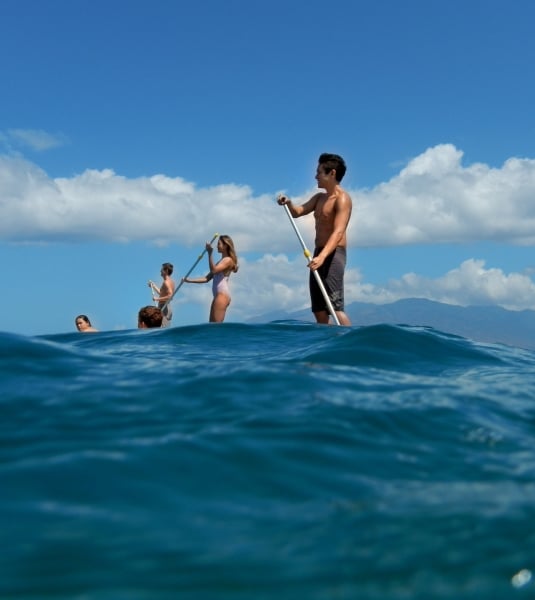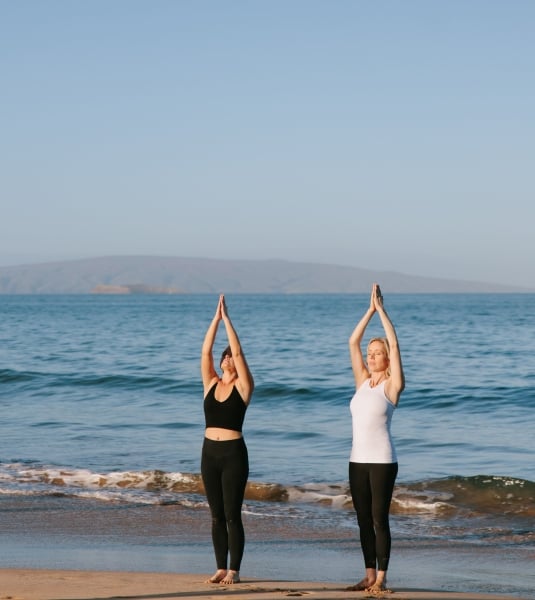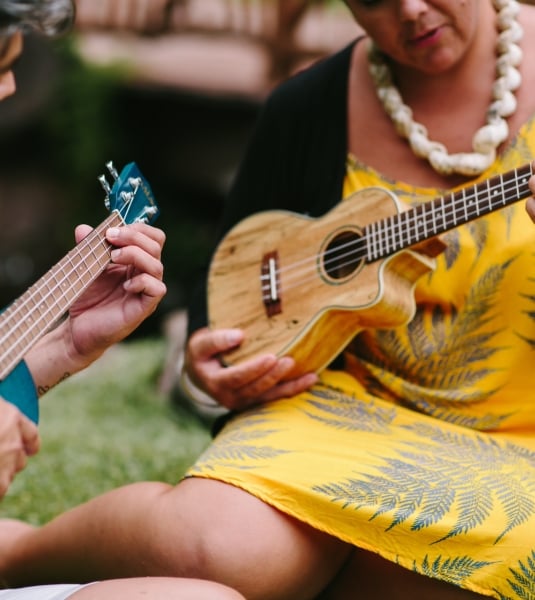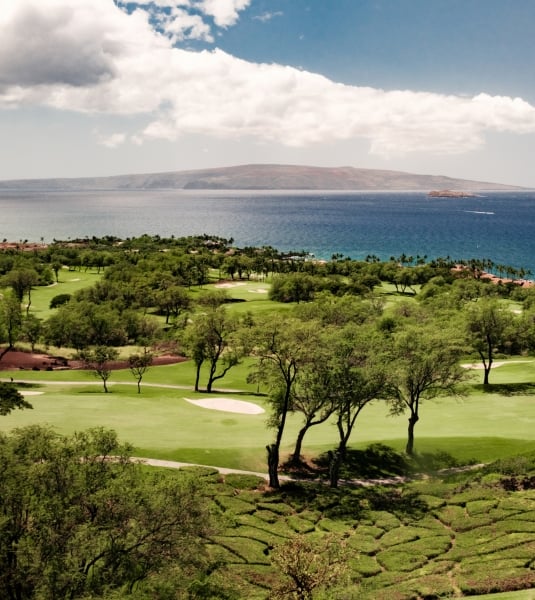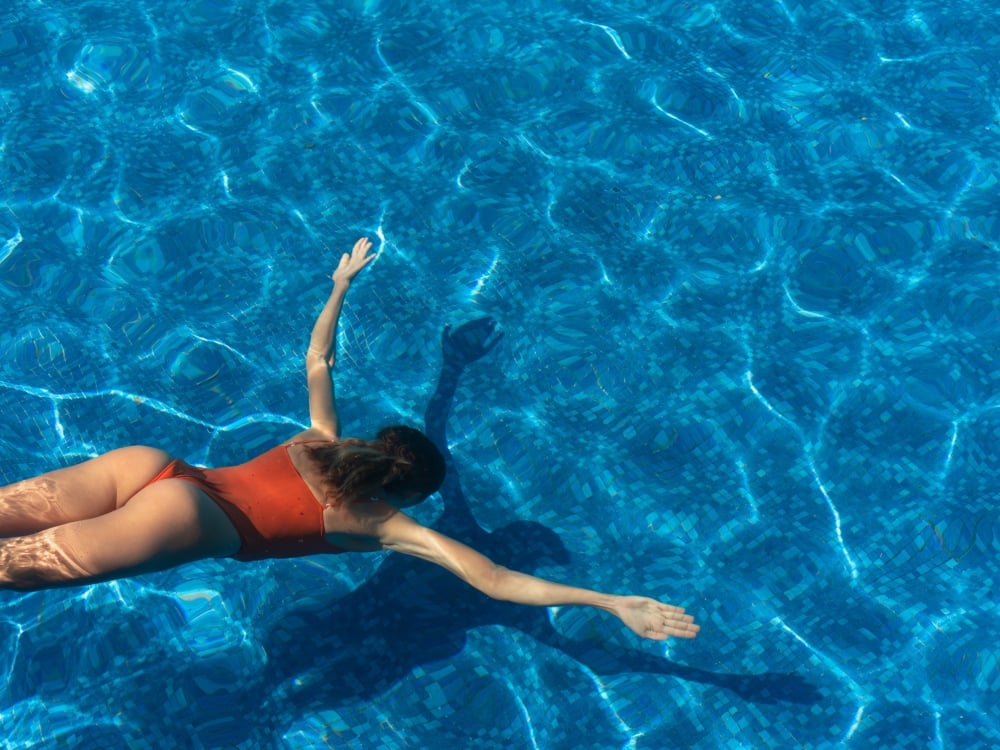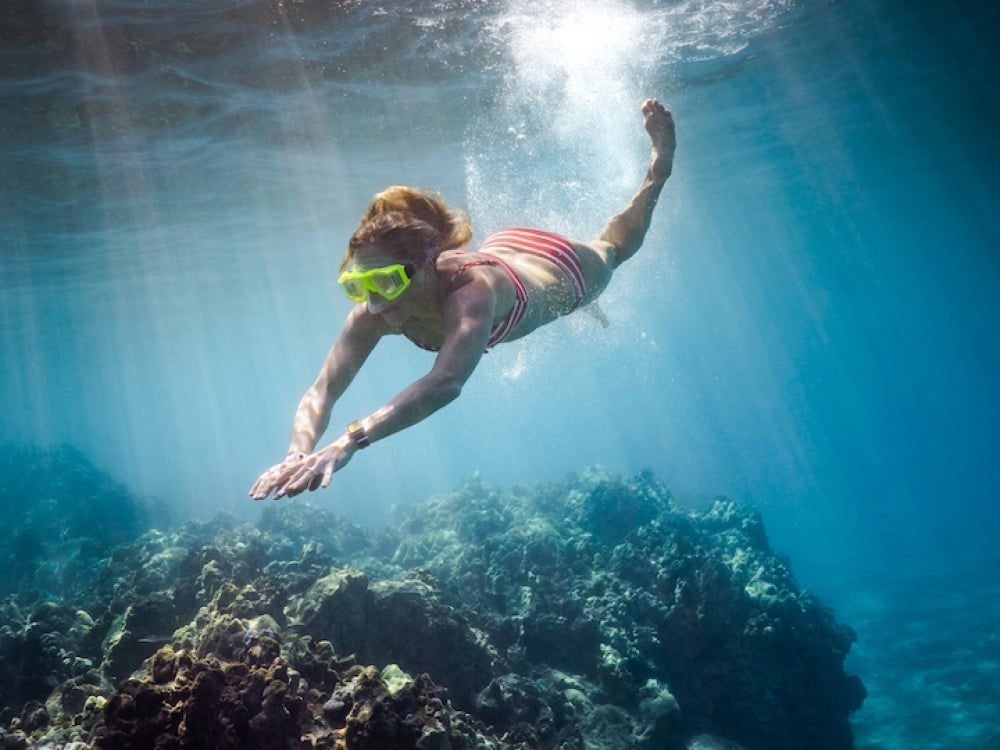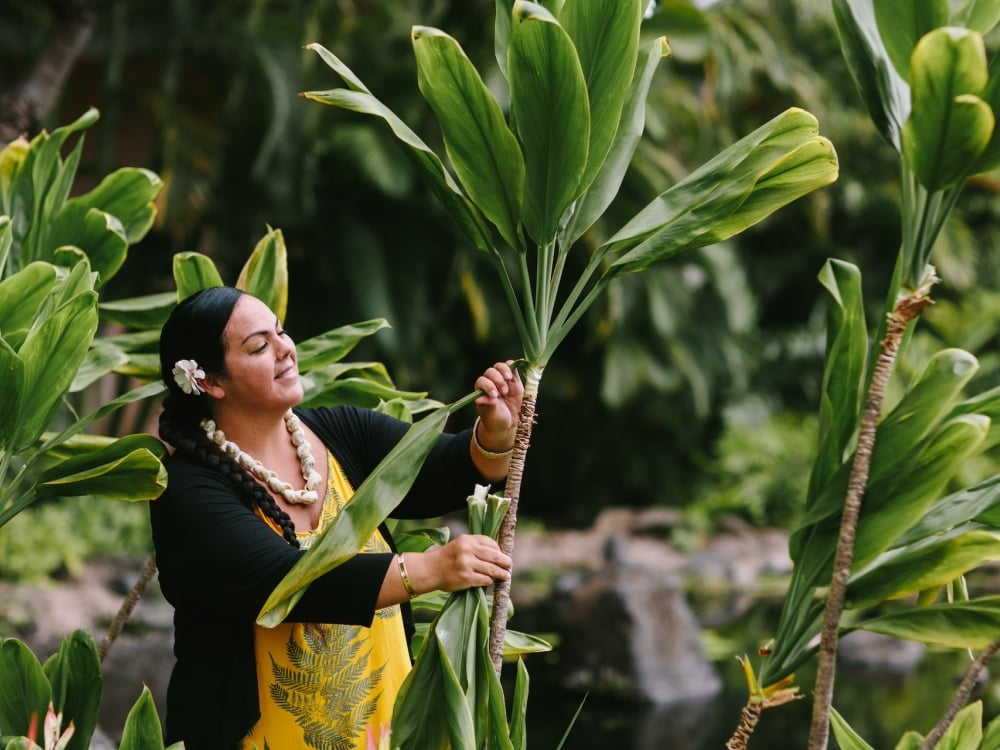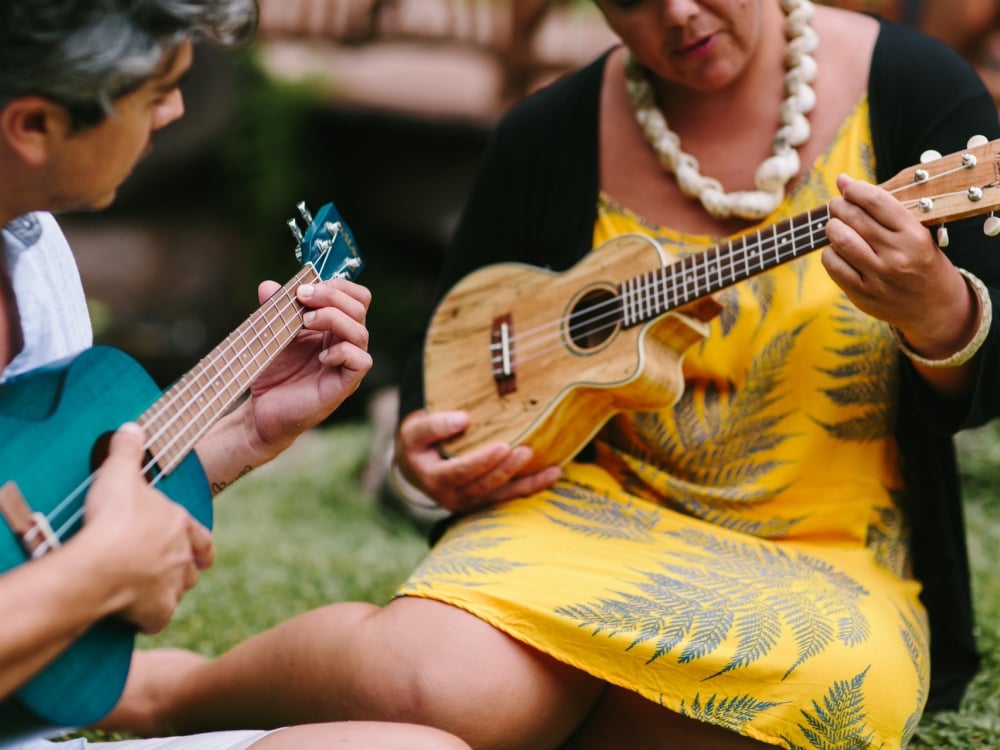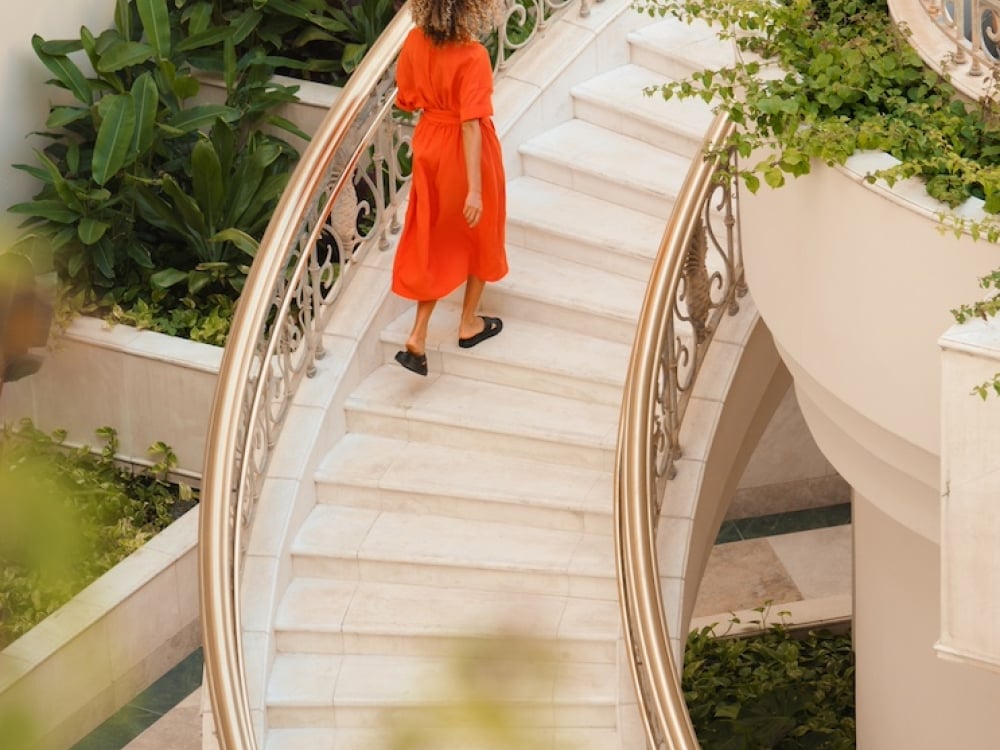Experiences
Immerse yourself in the beauty, adventure, and culture of Maui with unforgettable experiences at Grand Wailea. From rejuvenating spa rituals and world-class dining, to ocean adventures and cultural explorations, every moment is designed to inspire. Whether you're seeking relaxation, excitement, or a deep connection to the island, discover a getaway that’s as unique as Maui itself.
Most Popular Experiences
Experience Offerings
Pools & Beach
Discover a host of aquatic adventures in our incredible pools, or sunbathe on one of Hawaiʻi’s best beaches, just steps from our resort.
Spa & Wellness
Explore a variety of approaches to wellness with Kilolani Spa & Salon’s expanded offerings ranging from pioneering bio-harmonization modalities to leading-edge fitness facilities, movement and mind/body classes.
Island Adventures
Whatever your taste for adventure, our Concierge team has the local knowledge and connections to help perfect your itinerary for exploring the island.
Cultural Activities
Embrace Hawaiian culture at every opportunity with our immersive experiences and activities.
Upcoming Events
Discover and unlock the very best of Grand Wailea and Maui, and immerse in our array of regularly scheduled and special cultural, educational, recreational, shopping, and dining experiences throughout the year.
Grand Wailea Exclusives
Create life-long memories with our unique and curated experiences only found at our resort.
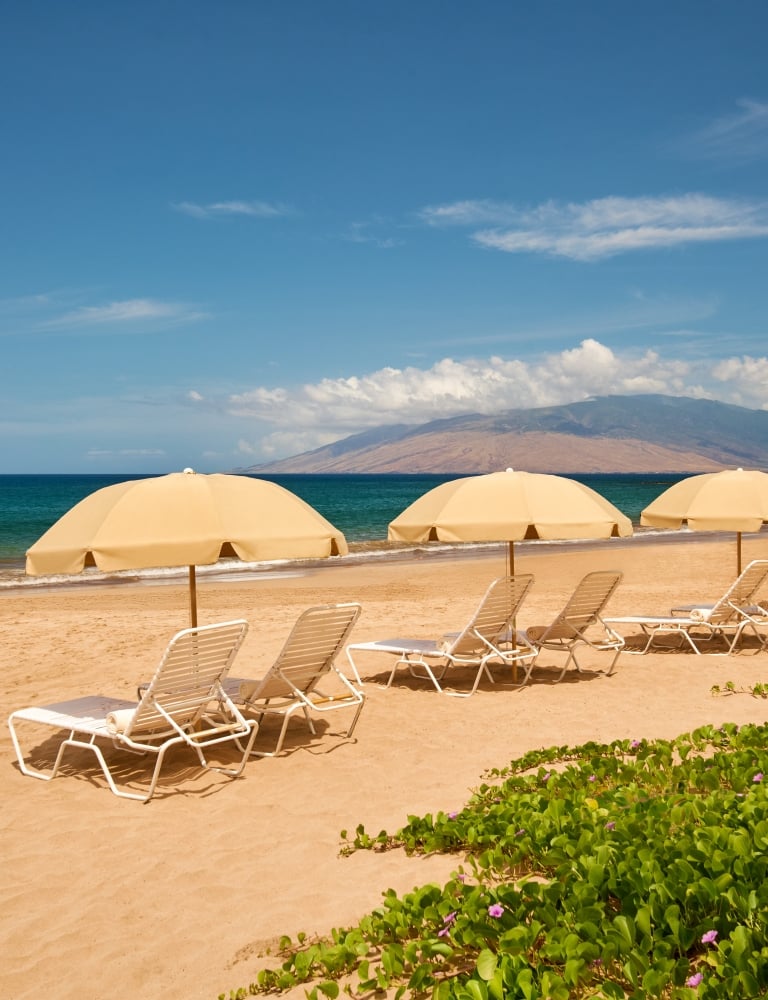
Resort Inclusions
Relax—and let us take care of the rest. Our daily resort fee reserves guest access to some of Grand Wailea’s most immersive experiences and sought-after activities.
